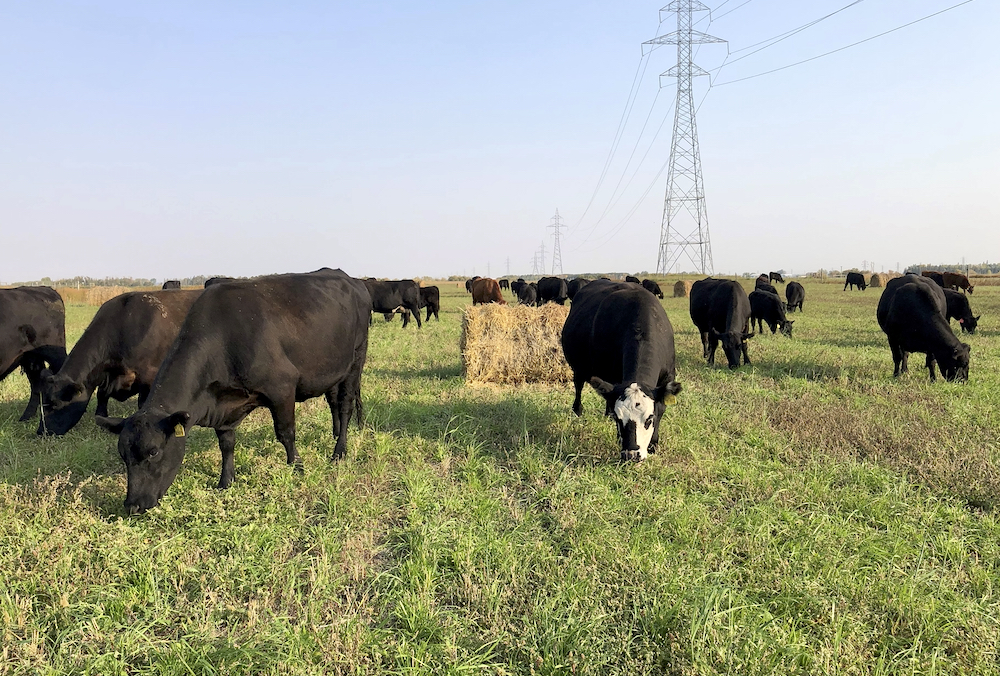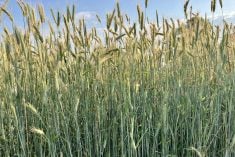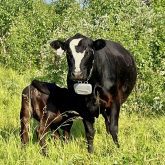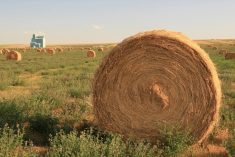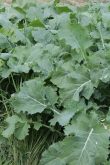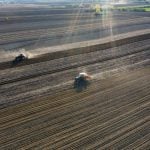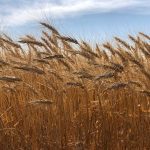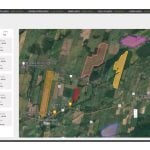For the 2021 field season at Manitoba Beef and Forage Initiatives (MBFI), we were impressed by the outcomes of management tools for diverse annual forages to extend grazing through fall and into winter. At both farm stations, the Brookdale Farm and Johnson Farm, we showcase fields grown for general farm operations to support the research cow-calf herd and fields with specific demonstration projects for extending grazing. Seeding plans typically include cereal greenfeed (with and without intercrops) baled or left in swath for grazing, full season diverse cover crops for grazing and standing corn (with and without intercrops) for winter grazing.
Read Also
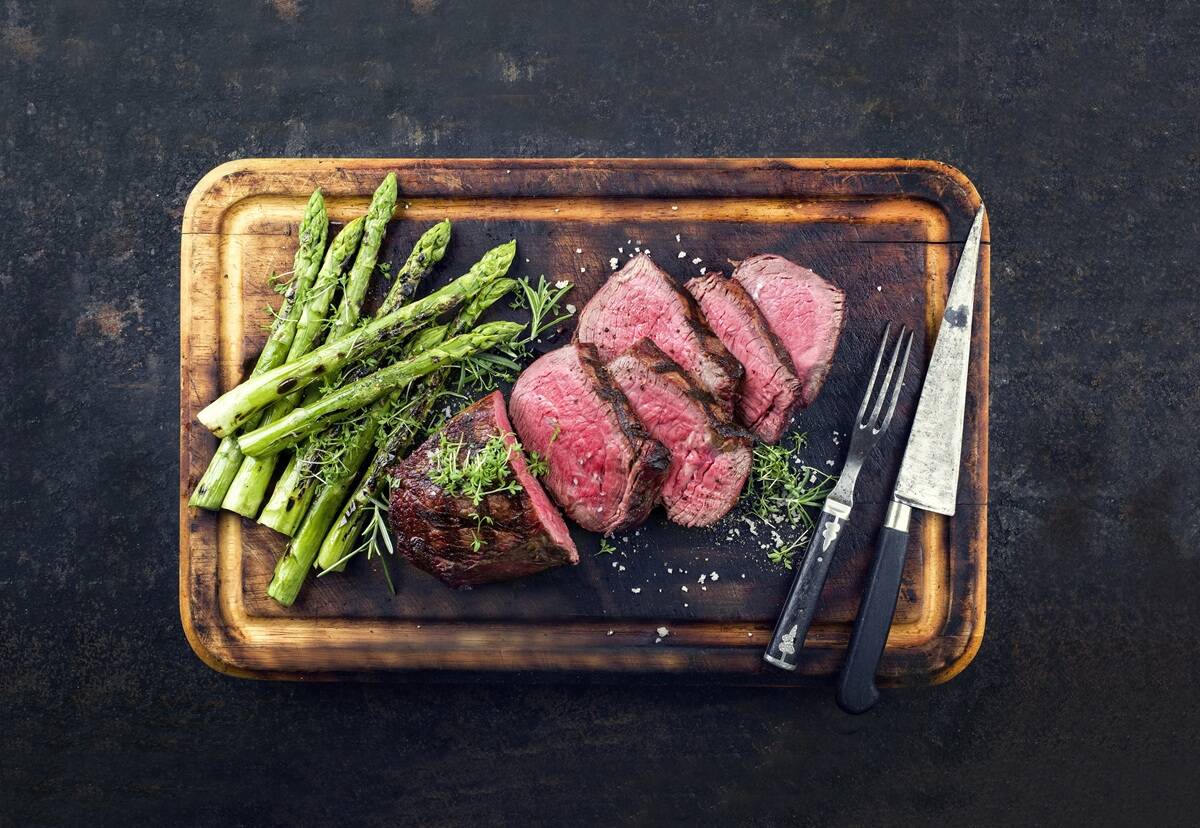
Building demand together: The impact of Canada’s beef import levy
The beef import levy has become a central tool for ensuring balance in Canada’s beef industry
In MBFI’s farm operation, we incorporate intercropping and/or cover crop seeding into our annual crop planning to offset the risk of an unpredictable growing season for forage production. By diversifying seeding plans we purposefully increase plant productivity outside of the conventional growing season for annual forage greenfeed and generate flexibility in our grazing plan with additional grazing days. Having plans in place to take advantage of unseasonable weather patterns can have a significant impact on increasing grazing capacity and buffering against losses in detrimental weather on primary crop production. The main challenges we have faced at MBFI include weed control in diverse full season cover crops and the potential for nitrate toxicity in plants that accumulate nitrates under stress events.
A strategy to maximize annual intercrop forage regrowth comes from Clayton Robins, farm technician at MBFI. Robins has applied a crossover between swath and bale grazing, using small-diameter bales, on his own farm south of Rivers, Man. The primary goal is to grow greenfeed with an intercrop for added quality and regrowth potential into the fall. The field is cut at the cereal soft-dough stage and baled into small bales, 40 inches in diameter, to be strip-grazed where they drop from the baler.
Robins, a Nuffield scholar, was first introduced to the concept of making small round bales instead of swath grazing when meeting with forage experts (researchers, extension agents and farmers) in the U.K. and Australia. He has observed benefits on his farm including typically higher feed quality as degradation in-swath is reduced; time and tractor hours saved; high utilization; less concentration of nutrients in the field than with larger bales; more area of the field open for intercrop regrowth to provide high-quality fall grazing and to improve the soil via living roots; and less energy expended by livestock to source feed if used in winter under significant snow depths.
Potential baler wear and tear due to more bales per acre is a consideration. As well, at times heavy residue from non-consumed bale remnants can cause issues for seeding the next crop. However, the total area affected by bale residue is negligible compared to benefits and any problem areas are non-existent by year two. From a risk-management perspective, the in-field small-diameter baling makes a lot of sense.
At the MBFI Johnson Farm, on 73 acres, barley (72 lbs. per acre, Maverick), chickling vetch (five lbs. per acre) and Italian ryegrass (seven lbs. per acre, Jeanne) were no-till seeded in late May. The Johnson farm site is challenged with sandy loam soil, making it prone to poor performance in dry growing conditions, and unfortunately the chickling vetch did not establish. In early August when the field was cut and left in small bales for in-field grazing, it yielded just under 2,000 lbs./acre and no understory of intercrop was visibly present. The feed quality tested at 13 per cent dry matter crude protein, 63 per cent total digestible nutrients, relative feed value of 105 and total nitrates of 0.74 per cent.
The surprise of the season was the response of the intercropped Jeanne Italian ryegrass regrowth following the Maverick barley harvest. In mid-September, 159 animal units (85 cow-calf pairs) were transitioned onto strip-grazing of small bales and regrowth with supplemental alfalfa grass hay rolled out to balance their nitrate intake. Over 35 days of grazing, the group demonstrated a strong grazing preference for the Italian ryegrass and the greenfeed bales were used with minimal residue remaining.
Overall, fall grazing of annual forages provides a tool to rest perennial forage stands going into winter dormancy. Stockpiled perennial forages can then further extend grazing into early winter or very early spring with limited impact on future stand longevity, depending on the grazing intensity. There are trade-offs in leaving greenfeed in swath windrows, baling smaller bales to graze in the field, or baling standard round bales for transport off the field. In all cases, maximizing yield by sound agronomic practices of 4R fertility management matched to the agricultural capability of the field will reduce the risks of elevated nitrates in the feed. Strip-grazing in the field, either by swath windrows or by small bale allocations, is best avoided under wet field conditions, as it can lead to compaction issues and increased feed wastage.
MBFI is a not-for-profit research and demonstration farm in partnership with Manitoba Beef Producers, Ducks Unlimited Canada, Manitoba Forage and Grassland Association and Manitoba Agriculture and Resource Development. Our mission is to advance the Manitoba beef and forage industry by engaging stakeholders, evaluating on-farm innovation and extension for the sustainability of farmers, the public and the environment.
Thank you to our 2021 seed industry sponsors DLF Pickseed, NorthStar Seed, SeCan, Zeghers Canada, Imperial Seed, BrettYoung, Jeffries Seed, Pioneer, Pride Seeds, Maizex Seeds and Horizon Seeds Canada for their generous support of MBFI’s on-farm research and demonstration field work. For more information check our website at mbfi.ca.
– Dr. Mary-Jane Orr is the general manager of Manitoba Beef and Forage Initiatives.

